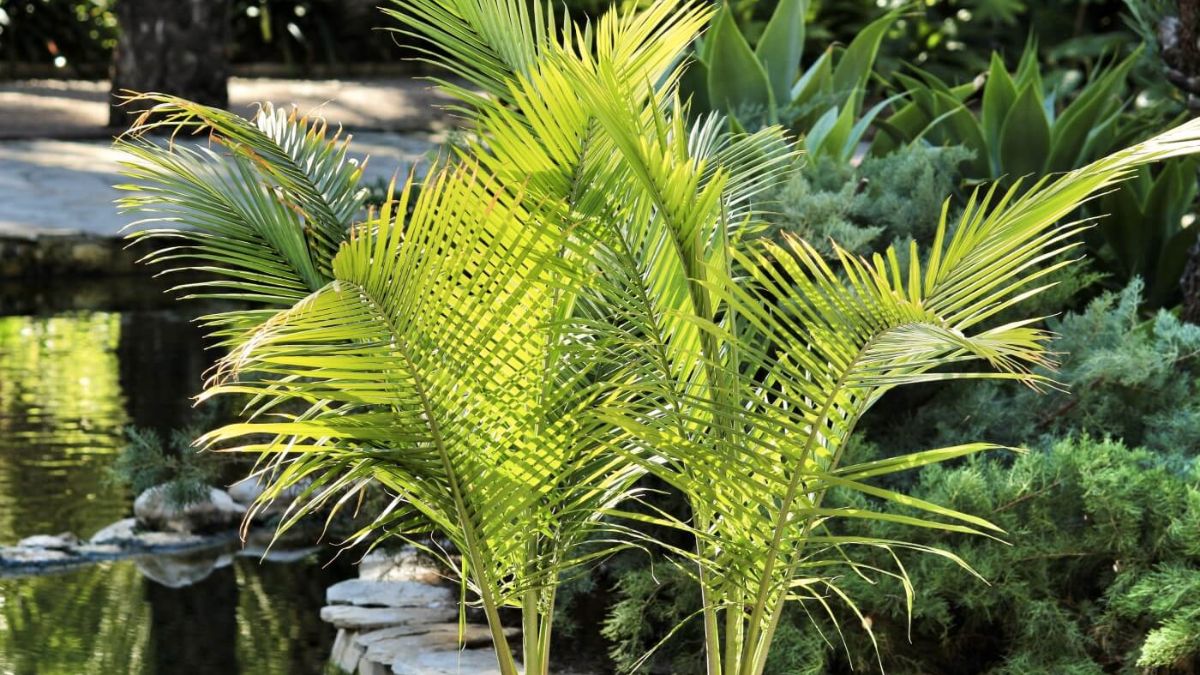If you’re in search of answers about the Best Soil for a Majesty Palm, then this article is aimed at you! Because they naturally grow along river banks in Madagascar’s semi-arid climate, these plants have specific demands when it comes to the environment they are planted in. The soil should be nutrient-rich and loose for the optimal combination of water retention, aeration, and drainage.
In order to flourish to their greatest capacity, these plants require proper care and maintenance. Better aeration is provided by sand-based soil mixes which is usually the preferred choice. Organic materials are also a must when amending your garden soil or developing a DIY mix. Your plant’s growth progress will be determined by the soil you choose, so ensure that you choose wisely!
For plants, soil serves a variety of purposes as it contains nutrients that they absorb through their roots. This helps them thrive along with other care aspects that should be effectively implemented. Let’s discuss the best soil for majesty palms since each plant has somewhat distinct preferences.
Majesty Palm Soil Type
Majesty palms are also one of the most well-liked indoor plants thanks to their classic, smooth texture and airy, bright fronds. However, this graceful species needs some attention and a lot of love in order to have a healthy growth pattern. To afford them the greatest care possible, you must first check the soil’s condition before planting. In the process, make sure you have the best soil for a majesty palm as it will help them thrive.
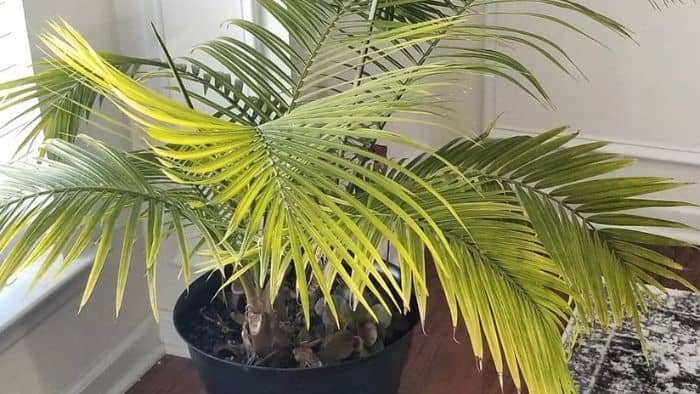
Although some may argue that these glorious plants appear to require a lot of attention to stay in top-notch shape, you would be glad to know that they actually need minimal care once established. However, this is only possible if they are planted in nutrient-rich soil with excellent drainage and aeration. Keep in mind that it thrives on soils that are light, organic, and slightly acidic.
The Majesty Palm is similar to other palms in many ways. It needs bi-monthly feeding, bright, dappled sunshine, and weekly watering to stay healthy. When grown in sand-based soils, which only hold the necessary quantity of water while allowing sufficient ventilation through their pores, these tropical beauties thrive incredibly well. If the growing medium is excessively dense, adding some peat moss, compost, or sand to make it thinner is advised.
Majesty Palm Soil Mix
It is essential to remember that a majesty palm soil mix should be somewhat light and rich in organic content. When properly combined with the soil, compost and peat moss provide proper drainage. These mixes are fantastic for outside palm trees. You can also modify it further for indoor growth so that it thrives in little pots and containers.
Simply add some leaf mold or chopped-up bark to the top layer of soil in the planter to gain favorable results. Additionally, any unpleasant odors typical of organic materials will be avoided with this technique. These plants prefer environments with a pH between 5.0 and 6.0 which is acidic.
However, slight pH variations are tolerated and do not have a big impact on the hardy majesty palm. This species also grows slowly to moderately. It may therefore easily fit into a bedroom or bright living area. It will mature elegantly and keep illuminating your surroundings as long as it has all the components of soil it needs to grow.
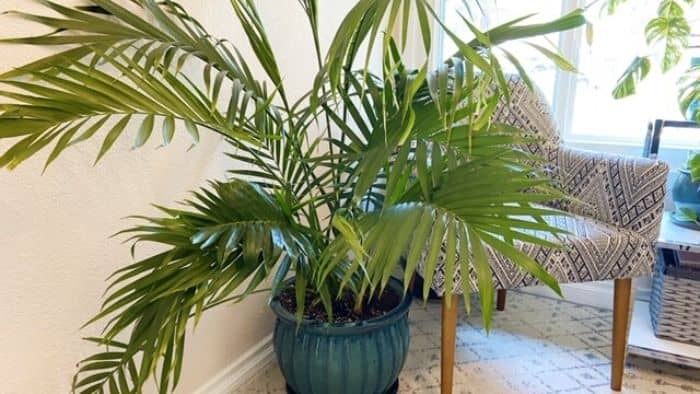
The Fundamental Components Of Soil That Support Health Include:
– Sandy loam with peat moss
– A high-quality 1:1:1 fertilizer applied at the proper time and in the appropriate amount. – These components are also crucial to ensure you maintain the best soil as the plant will require varying amounts in different stages of growth.
A Very Reliable Technique Worth Mastering Is As Follows:
– In a container, combine two parts of sand.
– Peat moss is then added in two parts.
– Finish with a portion of loam.
– Thoroughly combine the above for a compatible medium.
Repotting Majesty Palm
Compared to other types of palms, majesty grows at a quick rate. Repotting is necessary every six months if you want the plant to grow and spread as much as possible. You would be glad to know that this is quite a simple process that can be easily done. Like all living things, this plant needs more nutrients, a bigger growing space, and the best soil for majesty palms even as they become older.
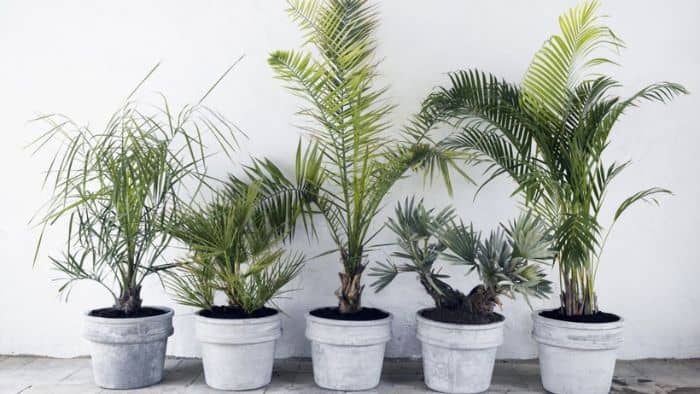
Repotting tips:
- Small containers are typically adequate to hold the plant and its roots when it is in its early phases.
- As the plant gets older, its leaves, roots, and vines spread out further and require more space to thrive.
- Repotting your majesty palm plant should ideally be done in the spring or early summer while it is actively growing.
- The likelihood of the plant contracting an infection significantly reduces during this period.
- You will need about two inches or more of plant alcohol and a piece of cloth before transferring it.
- A spray bottle for your palm-formula potting soil is also required.
- Two days before you intend to repot, start by hydrating your plant using the formula. Prime the root ball completely and loosen the dirt around the plant.
- Water should be added continuously until it can flow freely from the pot’s base.
- One day prior to the repotting procedure, water the palm once more. This guarantees further root hydration and soil mixture softening.
- Be careful not to entirely submerge the plant in water as this can cause issues.
- Add a little amount of the soil mixture to the pot’s base.
- Before gently removing your majesty from its container, trim any rotting roots.
- Then, place it upright in the center of the pot and fill the spaces on the sides with soil.
- Before applying a coating of the mixture on top of the root ball, take care to leave about two inches of space above it.
How To Take Care Of A Majesty Palm
Apart from having the best soil there are other elements you need to consider when growing them. Although they are not entirely fussy plants, affording them the proper care would prove fruitful as you watch them thrive. Growing them in pots indoors or on your patio will enhance the surroundings tenfold. This is because these plants shed an aura of beauty wherever they are placed.
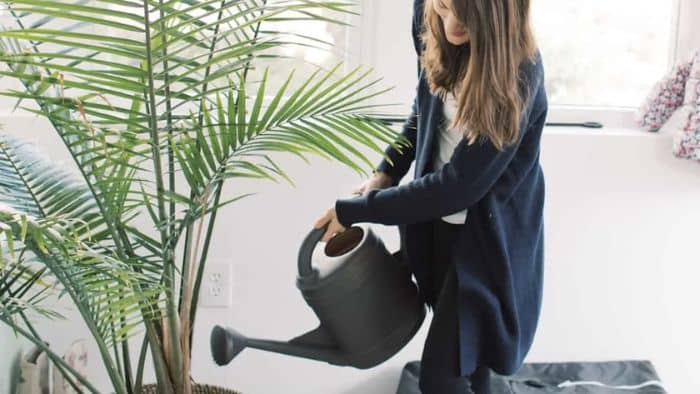
Here Are A Few Care Tips That Will Keep Them Thriving:
1 . Potting
Even a good growing medium for majesty palms won’t help much if it isn’t potted properly. The roots of your palm are still susceptible to getting root rot if your pot doesn’t drain well. A container with a single, big hole in the bottom is the ideal choice for growing them healthily.
2 . Watering
Let your soil completely dry out before adding any moisture. After watering, immediately empty the tray for the growing medium to completely drain. Add more of the potting mixture at the top once the dirt settles.
3 . Fertilizer
A plant can use all the nutrients in its potting mix in a matter of months, even though they naturally find it in soil. About a month after you potted your majesty palm, start adding indoor plant food to the water to maintain a constant supply of nutrients like magnesium, potassium, and nitrogen. With every watering in the spring, summer, and fall, fertilize the plants. Because your palm won’t need as many nutrients or develop as much over the winter, taper off during this time.
4 . Aeration
If your majesty palm is growing in a pot, with time the soil in it may shrink, making it less effective at absorbing water. If you notice that the soil isn’t absorbing water as well as it formerly did, use a chopstick or dowel to delicately pierce deep holes in it. The ideal soil should be light and airy with a high proportion of organic matter for effective aeration. Using soil that is rich in essential nutrients and has adequate drainage is essential.
You can watch this video for additional care tips for majesty palms.
Conclusion
Heat, light, fertilization, and the best soil for a majesty palm must all be carefully balanced in order for your plant to develop well. Overfertilized plants that are raised in warm environments with insufficient light will stretch out in search of more brightness. On the other other hand, plants that receive too much light may easily scorch. Therefore a cautious balance with regular maintenance is required to help them thrive.
The ideal indoor environment will generally include a sunny spot with an ample water supply. The majestic palm has a reputation for being a fickle plant when neglected. That is why novice indoor gardeners go for plants like kentia palms, bamboo palms, or parlor palms as they are usually easier to manage.
Until they are fully developed, majestic palms seldom ever blossom. When large outdoor trees are put into the landscape, these plants may blossom with white flowers followed by red fruit if grown outdoors. Keep in mind that the palm is receiving too much sunshine if the leaves are turning crispy brown, and it should be put in an area with less direct light to prevent leaf burn. Here’s more information from the International Palm Society.

